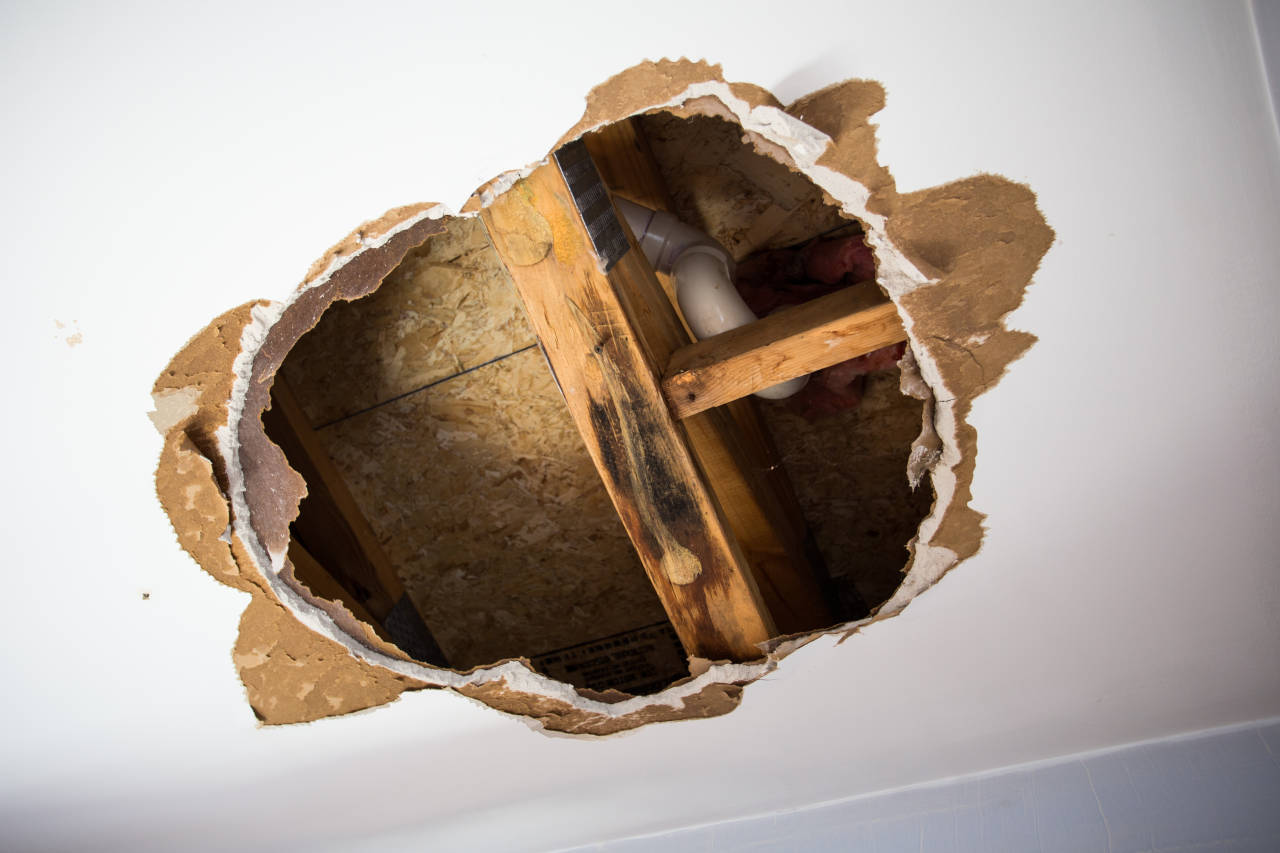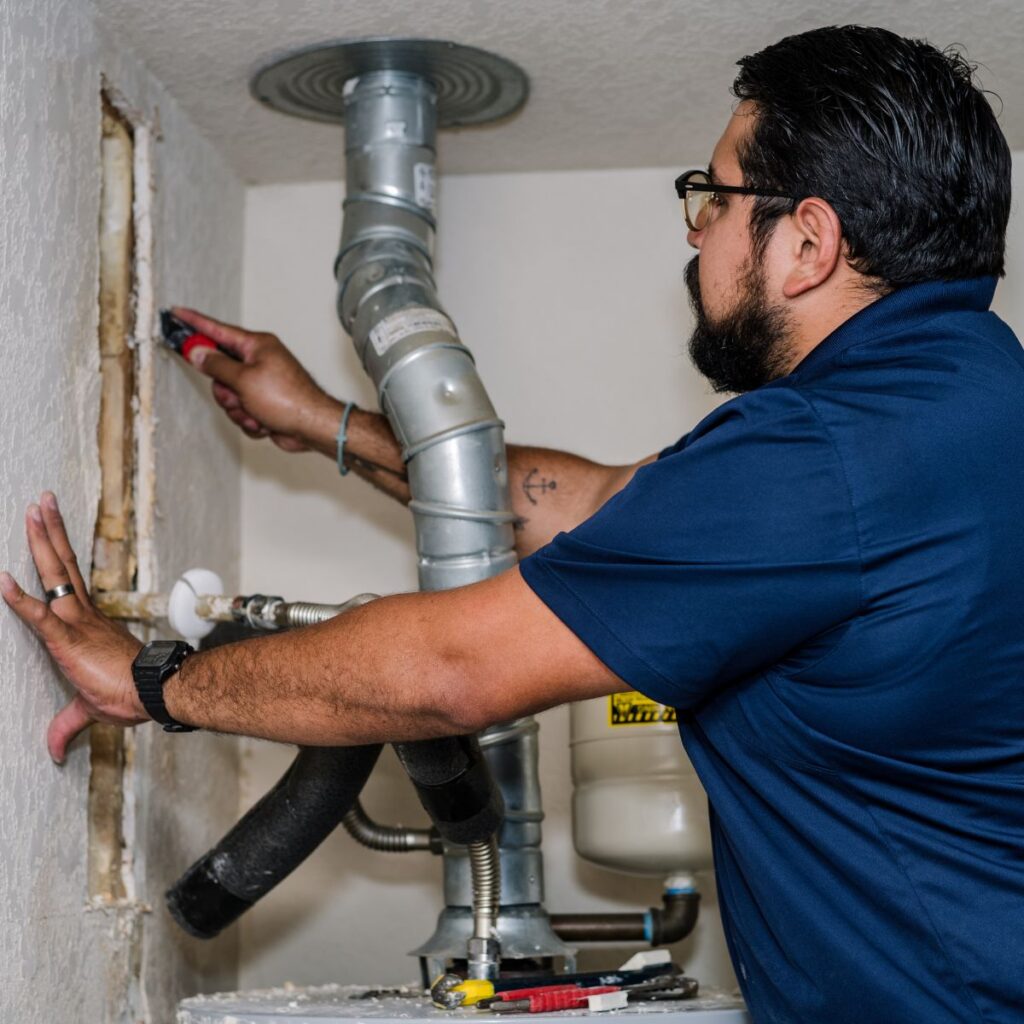Discover the most effective Practices for Successful Drywall Fixing and Installment
The art of drywall repair work and installation calls for a mix of ability and precision. Mastering the vital devices is essential for attaining a smooth finish. Recognizing the detailed process can make a substantial distinction in the outcome. Proper techniques for mudding and taping are additionally vital. What stays is the knowledge of upkeep that ensures longevity. These elements together create a refined end result worth discovering better.

Essential Tools for Drywall Repair Work and Installment
When carrying out drywall repair work and installment, having the right tools can considerably improve the effectiveness and quality of the work. An utility blade is vital for cutting drywall sheets precisely, while a drywall saw can assist in making much more complex cuts. Taping blades, available in numerous dimensions, are important for applying joint compound efficiently and uniformly. A drywall sander, ideally with a dust collection function, aids accomplish a sleek coating, lowering the demand for considerable cleanup.
Additionally, a measuring tape assurances accurate dimensions, and a level guarantees that installments are straight and plumb. Security gear, including dirt masks and goggles, must not be overlooked to secure versus particles and dust. A stud finder help in finding mounting members, assuring protected installation. By equipping oneself with these necessary tools, the repair and installation process ends up being a lot more workable and causes a professional-quality end result.

Step-by-Step Guide to Patching Holes
Patching holes in drywall needs an organized method to guarantee a seamless repair. First, the location around the hole should be cleansed and any kind of loose debris removed. For tiny holes, a putty blade can be made use of to use a light-weight spackle, pressing it right into the opening and smoothing the surface area. After it dries out, sanding is important to develop a level finish. For bigger openings, a spot of drywall might be needed. This involves reducing an item of drywall slightly larger than the opening, securing it to the wall surface with screws, and making use of joint compound to cover the joints. When the substance dries, it needs to be fined sand smooth. Ultimately, priming the patched location prior to painting will ensure an even surface. Complying with these actions will lead to a professional-looking repair that blends seamlessly with the bordering wall surface.
Methods for Smooth Drywall Installation
Achieving seamless drywall installation needs mindful planning and implementation. It is necessary to cut and measure drywall sheets precisely to decrease voids. Making use of an energy knife, installers ought to score the board before snapping it along the cut line, making sure tidy sides. Correctly aligning the sheets is crucial; beginning with the top and working down assists maintain uniformity.
Fastening drywall to the studs needs consistent spacing, commonly every 16 inches, making use of screws instead of nails for much better hold. This method decreases the danger of stands out over time. In addition, startling the seams in between sheets improves structural stability and minimizes the exposure of joints.
Using the best density of drywall for specific locations-- such as moisture-resistant types in bathrooms-- further contributes to a flawless surface. Complying with these methods will certainly cause a professional-looking and smooth installation, setting the phase for the subsequent finishing procedures.
Finishing Touches: Taping and Mudding
Completing touches, such as mudding and taping, play an important function in accomplishing a sleek drywall surface area. Insulation involves using a thin strip of drywall tape over the seams and joints, ensuring a smooth appearance. This procedure helps prevent splits and produces a strong bond between drywall sheets. It is vital to select the appropriate kind of tape, with paper and fiberglass fit together being one of the most typical alternatives.
Mudding, or applying joint compound, complies with insulation. This compound completes voids and ravel the surface area for a consistent surface. It is typically applied in multiple layers, with each coat requiring to completely dry before fining sand. Correct method includes feathering the edges to blend the compound right into the bordering drywall, minimizing exposure.
When finished properly, taping and mudding enhance both the visual and architectural honesty of the drywall setup, resulting in a professional-quality coating.
Tips for Preserving Your Drywall After Setup

In addition, keeping a consistent interior moisture degree can stop bending or mold and original site mildew growth. Making use of a dehumidifier in wet locations, like cellars, is suggested. It's likewise helpful to occasionally repaint locations that show wear, as this shields the underlying product. When moving furniture or setting up fixtures, caution ought to be worked out to stay clear of harming the drywall. By adhering to these upkeep suggestions, house owners can prolong the life of their drywall, guarding it stays an attractive attribute of their insides.
Frequently Asked Questions
What Security Gear Is Needed for Drywall Repair and Setup?
For drywall fixing and installment, important security equipment consists of safety goggles to shield eyes, dust masks to stop breathing of particles, gloves for hand protection, and knee pads for convenience during prolonged kneeling. Drywall Repair Ogden UT.
Just how Do I Figure Out the Drywall Density Needed for My Job?
To establish the drywall thickness needed for a job, one should take into consideration the wall surface's structural needs, neighborhood building codes, and the meant use the room, generally going with 5/8-inch or 1/2-inch drywall.
Can I Fix Drywall Without Removing Furnishings From the Room?
Yes, drywall can be fixed without eliminating furniture from the area. Cautious planning and protective procedures can decrease mess, enabling effective fixings while keeping bordering things risk-free from dirt and damage throughout the procedure.
What Types of Drywall Are Finest for Various Environments?
Moisture-resistant drywall is optimal for kitchens and bathrooms, see post while soundproof drywall suits shared wall surfaces in apartment or condos. Fire-rated drywall is best for garages, and standard drywall works well as a whole living areas, making certain longevity and viability for various atmospheres.
For how long Does It Consider Drywall Mud to Dry Entirely?
Drywall mud commonly takes 24 to two days to dry completely, depending upon factors like humidity and temperature level (Interior Painting). Thicker applications might need longer drying out times, while thinner layers can dry extra promptly. Correct air flow aids drying
The art of drywall repair work and installation requires a blend of ability and accuracy. When undertaking drywall repair work and installment, having the right tools can considerably boost the efficiency and top quality of the job. An utility knife is necessary for cutting drywall sheets precisely, while a drywall saw can help in making a lot more elaborate cuts. Achieving smooth drywall installation demands mindful planning and execution. Moisture-resistant drywall is suitable for cooking areas and bathrooms, while soundproof drywall matches shared wall surfaces in homes.